Everyone knows that personalized emails perform better than generic ones, but writing a personalized email can be a lot of work. Fortunately, with the right AI writing tools, creating thousands of personalized emails in minutes is possible.
In this article, we will show you 24 AI email personalization examples you can quickly implement to grow your sales pipeline rapidly.
What makes for a great AI email personalization?
The most valuable personalizations communicate that you have relevant insights: “I know you have this problem because I did the research—and here’s how I would fix it.”
The worst personalizations sales teams use are just attention hacks: snippets that make someone feel like you’re sending them a 1:1 email but add zero value.
If your email personalizations have nothing to do with the problem you’re solving, they are attention hacks. Use these sparingly!
Attention hacks can work well for industries that aren’t bombarded by cold email warriors daily. However, they can kill the value of your messages for SaaS or e-commerce companies by revealing that you’re using automation—yielding nothing but eye rolls.
The 4 Levels of AI email personalization: from “meh” to amazing
I like to break down personalizations into four different levels.
Level 1 - Random
Example: A note about their location or college alma mater.
Level 2 - Company or lead specific
Example: A line about what their company does and how it helps people
Level 3 - Recent or top-of-mind topic
Example: A line about a recent news event, job posting, or LinkedIn post with some true recency.
Level 4 - Recent and top-of-mind topic related to our product
Example: A line about a problem they may have based on data such as recent news, technographics, a job board post, etc—and how you can help solve that problem.
The higher the email personalization level you can achieve, in general, the higher your response rate will be.
We’ll break our AI personalized email examples into two parts: personalizations you need AI for and those you can generate just by scraping data.
Game-changing AI tools for cold outreach
In most of the AI email personalization examples we share in this article, we're using ChatGPT. But you might be wondering, “how can I put these kinds of prompts into practice at scale?” This is where our AI email personalization tool, Clay, comes in.
Clay allows you to combine an array of data sources, web scraping capabilities, and AI copywriting to automate hyper-personalized outbound messaging. Rather than relying on a manual process in Google Sheets, Clay handles aggregating prospect data and enabling AI behind the scenes so you can focus purely on creating winning copy.
Think summaries of prospects' social profiles or Google reviews, imaginative marketing ideas based on their company website, inferences about challenges they face from open job postings - the possibilities are endless. And it can happen at the scale and speed AI enables.
If you want to learn more about building high-quality lead lists and constructing effective AI prompts for prospecting, check out our guides to AI Lead Generation and AI Sales Prospecting.
How to create AI prompts that generate accurate cold emails from ChatGPT
When building a prompt in Clay, we want to prevent ChatGPT from “hallucinating” or giving us completely inaccurate information in our outreach emails.
The following framework has helped me to bring our error rate low enough to be able to use these cold email templates without manual intervention.
- State your input (e.g., Company Description) and what you want the prompt to do
- Provide your input
- State guardrails and rules for the AI to follow
- Outline your prefix (e.g., “I was on your website and saw that your company works on…”)
The first prompts that we will go over are prompts that can be done with just one message to ChatGPT. After that, we will go over prompts that need stipulations or multiple messages to be sent to ChatGPT.
With that, let’s dig into the 24 best AI email personalization examples you can use today!
1 - Find the mission of the company
Pinpointing a company’s mission grabs attention because it shows you’re not just selling; you’re aligning with their goals. It’s a smart, quick win that makes your email feel less like a pitch and more like a partnership proposal.
Prompt: Using the input, tell me what the focus or mission of the company is. This is the input “Company description.” Keep the output under 8 words and use specific keywords from the input. Complete each output with my prefix. This is my prefix: “I was on your company page and it looks like the mission of your company is to”
2 - Infer the roles and personas the company sells to
When you speak directly to a company's target roles, your email cuts through the noise. It's like saying, "I see you, and I know exactly how to help you." This relevance is a magnet for opens and clicks.
Prompt: Using the input, tell me what types of people or specific job titles a company sells to. This is the input: “Company Description.” Output who gets the most value out of the product or service and add specific job titles or a type of person. Return up to three job titles. Do not include any numbers or extra information. Just output a comma-separated list of job titles.
3 - Find the focus of a job based on someone’s title
Tailoring your message to someone’s job focus makes your email instantly stand out. It’s email personalization at its best, showing you understand their daily grind and have relevant insights to offer.
Prompt: Using the input, what is the focus of this person’s job? The input is a job title. This is the input: “Job Title”. Tell me what this person probably focuses on within their company based on their job title. Don’t use the job title in the output. Complete my prompt in under 8 words and use specific keywords that this role would care about. Complete my prompt with my prefix. The prefix is this: “As the “Title”, I’d imagine you focus on.”
4 - Summarize a news article
A quick, insightful summary of a news article related to their industry shows you’re paying attention to what matters to them. It’s a subtle nod to their world, making your email more clickable.
Prompt: Using the input, summarize and give a compliment based on the news article. This is the input: “News Headline OR Summary” Keep the output under 10 words and use specific keywords from the input. Pay some sort of compliment to the news article. Don’t make any reference to the time the article was published. Complete my prompt with my prefix. This is my prefix: “I saw the recent news article about”
5 - Summarize an open job title and turn it into an inferred problem
Linking a job opening to a potential problem offers a natural opening for your solution. It’s a clever way to say, “I understand your challenges,” encouraging them to read on and engage.
Prompt: Using the input, tell me the likely problem that a company is trying to solve by hiring for the job role. This is the input “Job Title” Keep the output under 8 words and use specific language about what this job title is usually responsible for and how this will help the company solve a problem they may be having. Complete each prompt with my prefix. This is my prefix: “I saw your company was hiring for “Job title” In my experience, this means you’re trying to improve the company’s”
6 - Infer if a company is likely B2B or B2C
Knowing if they’re B2B or B2C shapes how you talk to them. It’s about getting the tone right, so your message feels tailor-made, increasing the odds of engagement.
Prompt: A B2B company is a company that sells to other companies. A B2C company is a company that sells to consumers. Using the input, tell me if the company is likely a B2B company or a B2C company. The input is this: {{company description}} The only acceptable output is either "B2B" or "B2C." Do not answer in any other way.
7 - Summarize someone’s content
Referencing their content is a personal touch that shows you're actively interested in their thoughts. It’s a direct route to making your email feel one-on-one, boosting its open rate.
Prompt: Use the input to complete my prompt in under 8 words. Keep the output short and use specific keywords from the post. These are social media posts by other people and I would just like to know the main idea of each post. Do not include any hashtags “#” in the outputs. The input is this: "Post Summary" Complete each prompt with my prefix. This is my prefix: "I just wanted to reach out because I saw your post about"
8 - Infer if the company is a SaaS company
Prompt: Is the company in the input a software as a service company? A software as a service company is a company that offers a software usually for a monthly or annual description to multiple users providing them with a service. The input is this: "{{Company description}}" Only return a result as "true" if it is a software as a service company or "false" if it is not a software as a service company.
9 - Infer why a company is looking to hire someone based on company mission
Drawing a line between their hiring needs and company mission demonstrates deep insight. It’s a strategy that makes your email impossible to ignore because it speaks directly to their current objectives.
Prompt: Using the two inputs, help me infer why a company would be hiring a person. Input 1 is the company description. Input 2 is the open job role they are hiring for. This is input 1: "company description" This is input 2: "title" Write one sentence using keywords from input 1 about how hiring this person would help the company accomplish their mission. Keep the output under 8 words. Complete my sentence using my prefix and include the prefix in each output. This is my prefix: "I saw on your job board that you're hiring for a “job title”. I'd imagine you're looking for someone to"
How to create multi-step prompts
Sometimes, you need to send multiple messages to ChatGPT to create your desired outputs. For these prompts, I usually give ChatGPT some sample data to ensure I get the answers I want. Below, “user input” refers to input you give to ChatGPT—it’s what you’re typing in. “Assistant input” is the output of what ChatGPT would say. If you specify what you want ChatGPT to say, it will format your answer more precisely.
10 - Ask about a news story from someone’s last company during their tenure
For this prompt, we’re going to run two completely separate conversations with the AI. First, we’re going to find a major news article. In the second, we’re going to write our own custom line.
This is only effective for people who previously worked at very large companies that have been around since at least 2020.
Conversation 1: find a news article
Prompt: Using the inputs, tell me a major newsworthy event that was positive for a company. Do not return any news events that were bad for the company. The inputs I will give you are the company name, the start date to search for, and the end date to search for. The company name input is here: “Company Name”. The start date input is here: “Start Date”. The end date input is here: “End Date”. Return 3 sentences about a positive newsworthy event about this company.
This is going to create an output for you of a news event at the company. We will take that output and feed it into Prompt 2.
Conversation 2: create the first line of your email
Prompt: Using the input, summarize the news headline and complete my sentence with it. This is the input: “Prompt 1 output” Keep the output under 10 words and use specific keywords from the input. Complete each output with my prefix: "Noticed you used to work at “company”, were you there when"
11 - Use AI to clean job titles
This function can be done with just one conversation with Chat GPT but it needs multiple messages. I’m using the first messages to teach Chat GPT what I want the output to look like.
Then, it can help me in just the way I want!
Message 1
User: Clean these job titles and make them shorter and to the point.
1. CEO ||| World Changer
2. Chief Technology Officer and Startup Guru
3. Human Resources Manager for APAC
4. VP of Sales (we're hiring)
5. Founder and CEO
6. CEO/President/Owner
7. COO, Co-Founder
Assistant:
1. CEO
2. CTO
3. Human Resources Manager
4. VP of Sales
5. Founder
6. CEO
7. COO
Message 2
User: Clean this job title and make them shorter and to the point. “Job Title”
12 - Suggest ideas for how prospects can serve their customers
You can tweak this prompt to be useful for whatever you’re selling. Here, I’m using it to give my own cold prospects unique outbound email campaign ideas. I’ve used it to create ideas for customers about short form videos to make, topics to post about on LinkedIn, etc.
Message 1
User: Help me create creative ideas about how a company could use my product at their company. The input I will give you will be the company description of the company. Create 3 ideas about how they could use my product.
My product is an ai tool that helps people build email marketing lists. They can unify all of their data enrichments in one place and send better outbound messages. The company description that I want to sell to is here "Gong enables revenue teams to realize their fullest potential by unveiling their customer reality. The patented Gong Revenue Intelligence Platform™ captures and understands every customer interaction, then delivers insights at scale, empowering revenue teams to make decisions based on data instead of opinions."
Create three outbound campaign ideas for them and make sure to mention the types of job titles we would reach out to and why we would reach out to them. be creative with the ideas but keep them under 12 words each
Assistant:
-Target newly hired Vice Presidents of Sales to discuss how call analytics can increase their close rates.
-Make a list of companies that are using products for their sales team that you integrate with seamlessly
-Target companies that say "call review" in their sales contributor job descriptions.
Message 2
User: Help me create creative ideas about how a company could use my product at their company. The input I will give you will be the company description of the company. Create 3 ideas about how they could use my product.
My product is a sales automation tool that helps people build much better lists. They can unify all of their data enrichments in one place and send better outbound messages. The company description that I want to sell to is "Company Description” Create three outbound campaign ideas for them and make sure to mention the types of job titles we would reach out to and why we would reach out to them. Be creative with the ideas but keep them under 12 words each.
13 - Infer how long someone has been at a job or in an industry
This AI email personalization is great for recruiters who want to know if someone moves jobs a lot OR how long someone has been in an industry or role. Here, we’ll give the system two example messages before submitting a prompt.
Message 1
User: Using the start and end date inputs, go line by line and tell me if any of these dates are within 2 years of each other. The output should be how many dates are between 2 years of each other. The inputs are in YYYY-MM-DD format. If an input is empty just ignore it and keep analyzing.
Input 1: start date 2020-05-01, end date 2021-05-01
Input 2: start date 2019-05-01, end date 2020-03-01
Input 3: start date 2018-08-01, end date 2018-09-01
Input 4: start date 2018-03-01, end date 2018-06-01
Assistant: 4
Message 2
User: Using the start and end date inputs, go line by line and tell me if any of these dates are within 2 years of each other. The output should be how many dates are between 2 years of each other. The inputs are in YYYY-MM-DD format. If an input is empty just ignore it and keep analyzing.
Input 1: start date 2017-01-01, end date 2019-01-01
Input 2: start date 2015-01-01, end date 2017-01-01
Input 3: start date 2014-01-01, end date 2015-01-01
Input 4: start date 2012-01-01, end date 2014-01-01
Assistant: 4
Message 3
User: Using the start and end date inputs, go line by line and tell me if any of these dates are within 2 years of each other. The output should be how many dates are between 2 years of each other. The inputs are in YYYY-MM-DD format. If an input is empty just ignore it and keep analyzing.
Input 1: start date “input”, end date “input”
Input 2: start date “input”, end date “input”
Input 3: start date “input”, end date “input”
Input 4: start date “input”, end date “input”
Add someone’s job title to each of the start and end date inputs to add how long they have been in the human resources field, for example.
14 - Find the top restaurant in a prospect’s location
This personalization is an attention hack, but works great for local business owners (think pest control founders). We use the location of a prospect based on their social profile and we scrape the top restaurant on Yelp in their area.
Use the Clay Yelp integration for this and just input a restaurant in the prospect’s location so you can create a line that looks like this.
Example: P.S. I noticed you’re based in the {{City}} area, have you ever tried {{Restaurant}}? My cousin was telling me great things about it.
15 - BuiltWith data
Use the Clay BuiltWith integration to look at someone’s website and find what tech stack they have installed.
Example: Hey, I was on your website and noticed you are using {{tech}}…
16 - Company role start date
Scrape the start date of when someone started at a role to use it in your outreach.
Example: Hey, I noticed you have been the {{title}} at {{company name}} since about {{date}} so I figured you’d be the right person to speak with.
17 - College graduation year and newsworthy events
Use someone’s college graduation to bucket them into 5-year ranges and comment about newsworthy events that happened in those ranges.
Example: Hey, I noticed you graduated in {{year}}, {{insert a prewritten news event that happened that year that hopefully has some tie-in to your product}}.
18 - Company phone number
This is a very easy personalization to do if you are on a low budget! Company phone number data is usually free to get.
Example: Hey, I tried calling at {{Phone Number}} but couldn’t get through so I figured email would be easier.
Note: I have booked a meeting with Salesforce using this line so it does work on larger companies. If you have mobile number data, don’t use it! People will find it more creepy than the company phone number.
19 - Mention their company headcount
Use the employee headcount of a company to help customize your breakup email.
Example: Hey, I know there’s about {{employee headcount}} employees over at {{Company Name}} so perhaps is there someone else who is responsible for this?
20 - Personalize your email based on keywords they mentioned
Check people’s social profiles to see if they mention keywords that have to do with your offer.
Example: Hey, I saw your profile and that you mentioned {{keyword}}...
21 - Mention a recent Podcast appearance
Create a Google search such as site:listennnotes.com {{Prospect Name}} {{Prospect Company}} to see if they have ever been on a podcast and use that in your outreach.
Example: I saw you were on the {{Podcast Title}} podcast!
(This one would probably benefit from using AI to determine some more details about the podcast.)
22 - Personalize based on a recent blog post
Staying up-to-date on what your prospects are writing can lend your outreach fresh relevance. This prompt summarizes the key topic of a blog post to reference in your email.
Prompt: Using the input, summarize this blog post and complete my sentence. The input is: "{{Blog post content}}". Keep the output under 8 words and use keywords from the post content. Do not include any quotes or hashtags. Complete the output with my prefix: "I recently read your post about"
23 - Personalize based on someone’s college experience
This is an easy, low lift attention hack that you can do cheaply.
Example: P.S. Saw that you went to {{college}}. It looks like you live in {{current location}} now; do you ever have time to go back?
24 - Personalize based on years of experience
This works as a nice P.S. line as well!
Example: P.S. I saw {{number of experiences}} experiences on your profile, what got you into the {{industry}} industry?
Conclusion
Email personalization can seem daunting, but with the right tools like Clay and ChatGPT, it's now easier than ever to create targeted, value-driven messages.
Whether you're a start-up, marketing agency, or managing a sales team at an established B2B sales organization, AI-powered personalization can be a game changer for you.
Ready to give it a try? Create a free Clay account, or check out more of our favorite AI email personalization examples on our templates page.
Everyone knows that personalized emails perform better than generic ones, but writing a personalized email can be a lot of work. Fortunately, with the right AI writing tools, creating thousands of personalized emails in minutes is possible.
In this article, we will show you 24 AI email personalization examples you can quickly implement to grow your sales pipeline rapidly.
What makes for a great AI email personalization?
The most valuable personalizations communicate that you have relevant insights: “I know you have this problem because I did the research—and here’s how I would fix it.”
The worst personalizations sales teams use are just attention hacks: snippets that make someone feel like you’re sending them a 1:1 email but add zero value.
If your email personalizations have nothing to do with the problem you’re solving, they are attention hacks. Use these sparingly!
Attention hacks can work well for industries that aren’t bombarded by cold email warriors daily. However, they can kill the value of your messages for SaaS or e-commerce companies by revealing that you’re using automation—yielding nothing but eye rolls.
The 4 Levels of AI email personalization: from “meh” to amazing
I like to break down personalizations into four different levels.
Level 1 - Random
Example: A note about their location or college alma mater.
Level 2 - Company or lead specific
Example: A line about what their company does and how it helps people
Level 3 - Recent or top-of-mind topic
Example: A line about a recent news event, job posting, or LinkedIn post with some true recency.
Level 4 - Recent and top-of-mind topic related to our product
Example: A line about a problem they may have based on data such as recent news, technographics, a job board post, etc—and how you can help solve that problem.
The higher the email personalization level you can achieve, in general, the higher your response rate will be.
We’ll break our AI personalized email examples into two parts: personalizations you need AI for and those you can generate just by scraping data.
Game-changing AI tools for cold outreach
In most of the AI email personalization examples we share in this article, we're using ChatGPT. But you might be wondering, “how can I put these kinds of prompts into practice at scale?” This is where our AI email personalization tool, Clay, comes in.
Clay allows you to combine an array of data sources, web scraping capabilities, and AI copywriting to automate hyper-personalized outbound messaging. Rather than relying on a manual process in Google Sheets, Clay handles aggregating prospect data and enabling AI behind the scenes so you can focus purely on creating winning copy.
Think summaries of prospects' social profiles or Google reviews, imaginative marketing ideas based on their company website, inferences about challenges they face from open job postings - the possibilities are endless. And it can happen at the scale and speed AI enables.
If you want to learn more about building high-quality lead lists and constructing effective AI prompts for prospecting, check out our guides to AI Lead Generation and AI Sales Prospecting.
How to create AI prompts that generate accurate cold emails from ChatGPT
When building a prompt in Clay, we want to prevent ChatGPT from “hallucinating” or giving us completely inaccurate information in our outreach emails.
The following framework has helped me to bring our error rate low enough to be able to use these cold email templates without manual intervention.
- State your input (e.g., Company Description) and what you want the prompt to do
- Provide your input
- State guardrails and rules for the AI to follow
- Outline your prefix (e.g., “I was on your website and saw that your company works on…”)
The first prompts that we will go over are prompts that can be done with just one message to ChatGPT. After that, we will go over prompts that need stipulations or multiple messages to be sent to ChatGPT.
With that, let’s dig into the 24 best AI email personalization examples you can use today!
1 - Find the mission of the company
Pinpointing a company’s mission grabs attention because it shows you’re not just selling; you’re aligning with their goals. It’s a smart, quick win that makes your email feel less like a pitch and more like a partnership proposal.
Prompt: Using the input, tell me what the focus or mission of the company is. This is the input “Company description.” Keep the output under 8 words and use specific keywords from the input. Complete each output with my prefix. This is my prefix: “I was on your company page and it looks like the mission of your company is to”
2 - Infer the roles and personas the company sells to
When you speak directly to a company's target roles, your email cuts through the noise. It's like saying, "I see you, and I know exactly how to help you." This relevance is a magnet for opens and clicks.
Prompt: Using the input, tell me what types of people or specific job titles a company sells to. This is the input: “Company Description.” Output who gets the most value out of the product or service and add specific job titles or a type of person. Return up to three job titles. Do not include any numbers or extra information. Just output a comma-separated list of job titles.
3 - Find the focus of a job based on someone’s title
Tailoring your message to someone’s job focus makes your email instantly stand out. It’s email personalization at its best, showing you understand their daily grind and have relevant insights to offer.
Prompt: Using the input, what is the focus of this person’s job? The input is a job title. This is the input: “Job Title”. Tell me what this person probably focuses on within their company based on their job title. Don’t use the job title in the output. Complete my prompt in under 8 words and use specific keywords that this role would care about. Complete my prompt with my prefix. The prefix is this: “As the “Title”, I’d imagine you focus on.”
4 - Summarize a news article
A quick, insightful summary of a news article related to their industry shows you’re paying attention to what matters to them. It’s a subtle nod to their world, making your email more clickable.
Prompt: Using the input, summarize and give a compliment based on the news article. This is the input: “News Headline OR Summary” Keep the output under 10 words and use specific keywords from the input. Pay some sort of compliment to the news article. Don’t make any reference to the time the article was published. Complete my prompt with my prefix. This is my prefix: “I saw the recent news article about”
5 - Summarize an open job title and turn it into an inferred problem
Linking a job opening to a potential problem offers a natural opening for your solution. It’s a clever way to say, “I understand your challenges,” encouraging them to read on and engage.
Prompt: Using the input, tell me the likely problem that a company is trying to solve by hiring for the job role. This is the input “Job Title” Keep the output under 8 words and use specific language about what this job title is usually responsible for and how this will help the company solve a problem they may be having. Complete each prompt with my prefix. This is my prefix: “I saw your company was hiring for “Job title” In my experience, this means you’re trying to improve the company’s”
6 - Infer if a company is likely B2B or B2C
Knowing if they’re B2B or B2C shapes how you talk to them. It’s about getting the tone right, so your message feels tailor-made, increasing the odds of engagement.
Prompt: A B2B company is a company that sells to other companies. A B2C company is a company that sells to consumers. Using the input, tell me if the company is likely a B2B company or a B2C company. The input is this: {{company description}} The only acceptable output is either "B2B" or "B2C." Do not answer in any other way.
7 - Summarize someone’s content
Referencing their content is a personal touch that shows you're actively interested in their thoughts. It’s a direct route to making your email feel one-on-one, boosting its open rate.
Prompt: Use the input to complete my prompt in under 8 words. Keep the output short and use specific keywords from the post. These are social media posts by other people and I would just like to know the main idea of each post. Do not include any hashtags “#” in the outputs. The input is this: "Post Summary" Complete each prompt with my prefix. This is my prefix: "I just wanted to reach out because I saw your post about"
8 - Infer if the company is a SaaS company
Prompt: Is the company in the input a software as a service company? A software as a service company is a company that offers a software usually for a monthly or annual description to multiple users providing them with a service. The input is this: "{{Company description}}" Only return a result as "true" if it is a software as a service company or "false" if it is not a software as a service company.
9 - Infer why a company is looking to hire someone based on company mission
Drawing a line between their hiring needs and company mission demonstrates deep insight. It’s a strategy that makes your email impossible to ignore because it speaks directly to their current objectives.
Prompt: Using the two inputs, help me infer why a company would be hiring a person. Input 1 is the company description. Input 2 is the open job role they are hiring for. This is input 1: "company description" This is input 2: "title" Write one sentence using keywords from input 1 about how hiring this person would help the company accomplish their mission. Keep the output under 8 words. Complete my sentence using my prefix and include the prefix in each output. This is my prefix: "I saw on your job board that you're hiring for a “job title”. I'd imagine you're looking for someone to"
How to create multi-step prompts
Sometimes, you need to send multiple messages to ChatGPT to create your desired outputs. For these prompts, I usually give ChatGPT some sample data to ensure I get the answers I want. Below, “user input” refers to input you give to ChatGPT—it’s what you’re typing in. “Assistant input” is the output of what ChatGPT would say. If you specify what you want ChatGPT to say, it will format your answer more precisely.
10 - Ask about a news story from someone’s last company during their tenure
For this prompt, we’re going to run two completely separate conversations with the AI. First, we’re going to find a major news article. In the second, we’re going to write our own custom line.
This is only effective for people who previously worked at very large companies that have been around since at least 2020.
Conversation 1: find a news article
Prompt: Using the inputs, tell me a major newsworthy event that was positive for a company. Do not return any news events that were bad for the company. The inputs I will give you are the company name, the start date to search for, and the end date to search for. The company name input is here: “Company Name”. The start date input is here: “Start Date”. The end date input is here: “End Date”. Return 3 sentences about a positive newsworthy event about this company.
This is going to create an output for you of a news event at the company. We will take that output and feed it into Prompt 2.
Conversation 2: create the first line of your email
Prompt: Using the input, summarize the news headline and complete my sentence with it. This is the input: “Prompt 1 output” Keep the output under 10 words and use specific keywords from the input. Complete each output with my prefix: "Noticed you used to work at “company”, were you there when"
11 - Use AI to clean job titles
This function can be done with just one conversation with Chat GPT but it needs multiple messages. I’m using the first messages to teach Chat GPT what I want the output to look like.
Then, it can help me in just the way I want!
Message 1
User: Clean these job titles and make them shorter and to the point.
1. CEO ||| World Changer
2. Chief Technology Officer and Startup Guru
3. Human Resources Manager for APAC
4. VP of Sales (we're hiring)
5. Founder and CEO
6. CEO/President/Owner
7. COO, Co-Founder
Assistant:
1. CEO
2. CTO
3. Human Resources Manager
4. VP of Sales
5. Founder
6. CEO
7. COO
Message 2
User: Clean this job title and make them shorter and to the point. “Job Title”
12 - Suggest ideas for how prospects can serve their customers
You can tweak this prompt to be useful for whatever you’re selling. Here, I’m using it to give my own cold prospects unique outbound email campaign ideas. I’ve used it to create ideas for customers about short form videos to make, topics to post about on LinkedIn, etc.
Message 1
User: Help me create creative ideas about how a company could use my product at their company. The input I will give you will be the company description of the company. Create 3 ideas about how they could use my product.
My product is an ai tool that helps people build email marketing lists. They can unify all of their data enrichments in one place and send better outbound messages. The company description that I want to sell to is here "Gong enables revenue teams to realize their fullest potential by unveiling their customer reality. The patented Gong Revenue Intelligence Platform™ captures and understands every customer interaction, then delivers insights at scale, empowering revenue teams to make decisions based on data instead of opinions."
Create three outbound campaign ideas for them and make sure to mention the types of job titles we would reach out to and why we would reach out to them. be creative with the ideas but keep them under 12 words each
Assistant:
-Target newly hired Vice Presidents of Sales to discuss how call analytics can increase their close rates.
-Make a list of companies that are using products for their sales team that you integrate with seamlessly
-Target companies that say "call review" in their sales contributor job descriptions.
Message 2
User: Help me create creative ideas about how a company could use my product at their company. The input I will give you will be the company description of the company. Create 3 ideas about how they could use my product.
My product is a sales automation tool that helps people build much better lists. They can unify all of their data enrichments in one place and send better outbound messages. The company description that I want to sell to is "Company Description” Create three outbound campaign ideas for them and make sure to mention the types of job titles we would reach out to and why we would reach out to them. Be creative with the ideas but keep them under 12 words each.
13 - Infer how long someone has been at a job or in an industry
This AI email personalization is great for recruiters who want to know if someone moves jobs a lot OR how long someone has been in an industry or role. Here, we’ll give the system two example messages before submitting a prompt.
Message 1
User: Using the start and end date inputs, go line by line and tell me if any of these dates are within 2 years of each other. The output should be how many dates are between 2 years of each other. The inputs are in YYYY-MM-DD format. If an input is empty just ignore it and keep analyzing.
Input 1: start date 2020-05-01, end date 2021-05-01
Input 2: start date 2019-05-01, end date 2020-03-01
Input 3: start date 2018-08-01, end date 2018-09-01
Input 4: start date 2018-03-01, end date 2018-06-01
Assistant: 4
Message 2
User: Using the start and end date inputs, go line by line and tell me if any of these dates are within 2 years of each other. The output should be how many dates are between 2 years of each other. The inputs are in YYYY-MM-DD format. If an input is empty just ignore it and keep analyzing.
Input 1: start date 2017-01-01, end date 2019-01-01
Input 2: start date 2015-01-01, end date 2017-01-01
Input 3: start date 2014-01-01, end date 2015-01-01
Input 4: start date 2012-01-01, end date 2014-01-01
Assistant: 4
Message 3
User: Using the start and end date inputs, go line by line and tell me if any of these dates are within 2 years of each other. The output should be how many dates are between 2 years of each other. The inputs are in YYYY-MM-DD format. If an input is empty just ignore it and keep analyzing.
Input 1: start date “input”, end date “input”
Input 2: start date “input”, end date “input”
Input 3: start date “input”, end date “input”
Input 4: start date “input”, end date “input”
Add someone’s job title to each of the start and end date inputs to add how long they have been in the human resources field, for example.
14 - Find the top restaurant in a prospect’s location
This personalization is an attention hack, but works great for local business owners (think pest control founders). We use the location of a prospect based on their social profile and we scrape the top restaurant on Yelp in their area.
Use the Clay Yelp integration for this and just input a restaurant in the prospect’s location so you can create a line that looks like this.
Example: P.S. I noticed you’re based in the {{City}} area, have you ever tried {{Restaurant}}? My cousin was telling me great things about it.
15 - BuiltWith data
Use the Clay BuiltWith integration to look at someone’s website and find what tech stack they have installed.
Example: Hey, I was on your website and noticed you are using {{tech}}…
16 - Company role start date
Scrape the start date of when someone started at a role to use it in your outreach.
Example: Hey, I noticed you have been the {{title}} at {{company name}} since about {{date}} so I figured you’d be the right person to speak with.
17 - College graduation year and newsworthy events
Use someone’s college graduation to bucket them into 5-year ranges and comment about newsworthy events that happened in those ranges.
Example: Hey, I noticed you graduated in {{year}}, {{insert a prewritten news event that happened that year that hopefully has some tie-in to your product}}.
18 - Company phone number
This is a very easy personalization to do if you are on a low budget! Company phone number data is usually free to get.
Example: Hey, I tried calling at {{Phone Number}} but couldn’t get through so I figured email would be easier.
Note: I have booked a meeting with Salesforce using this line so it does work on larger companies. If you have mobile number data, don’t use it! People will find it more creepy than the company phone number.
19 - Mention their company headcount
Use the employee headcount of a company to help customize your breakup email.
Example: Hey, I know there’s about {{employee headcount}} employees over at {{Company Name}} so perhaps is there someone else who is responsible for this?
20 - Personalize your email based on keywords they mentioned
Check people’s social profiles to see if they mention keywords that have to do with your offer.
Example: Hey, I saw your profile and that you mentioned {{keyword}}...
21 - Mention a recent Podcast appearance
Create a Google search such as site:listennnotes.com {{Prospect Name}} {{Prospect Company}} to see if they have ever been on a podcast and use that in your outreach.
Example: I saw you were on the {{Podcast Title}} podcast!
(This one would probably benefit from using AI to determine some more details about the podcast.)
22 - Personalize based on a recent blog post
Staying up-to-date on what your prospects are writing can lend your outreach fresh relevance. This prompt summarizes the key topic of a blog post to reference in your email.
Prompt: Using the input, summarize this blog post and complete my sentence. The input is: "{{Blog post content}}". Keep the output under 8 words and use keywords from the post content. Do not include any quotes or hashtags. Complete the output with my prefix: "I recently read your post about"
23 - Personalize based on someone’s college experience
This is an easy, low lift attention hack that you can do cheaply.
Example: P.S. Saw that you went to {{college}}. It looks like you live in {{current location}} now; do you ever have time to go back?
24 - Personalize based on years of experience
This works as a nice P.S. line as well!
Example: P.S. I saw {{number of experiences}} experiences on your profile, what got you into the {{industry}} industry?
Conclusion
Email personalization can seem daunting, but with the right tools like Clay and ChatGPT, it's now easier than ever to create targeted, value-driven messages.
Whether you're a start-up, marketing agency, or managing a sales team at an established B2B sales organization, AI-powered personalization can be a game changer for you.
Ready to give it a try? Create a free Clay account, or check out more of our favorite AI email personalization examples on our templates page.



















.jpg)
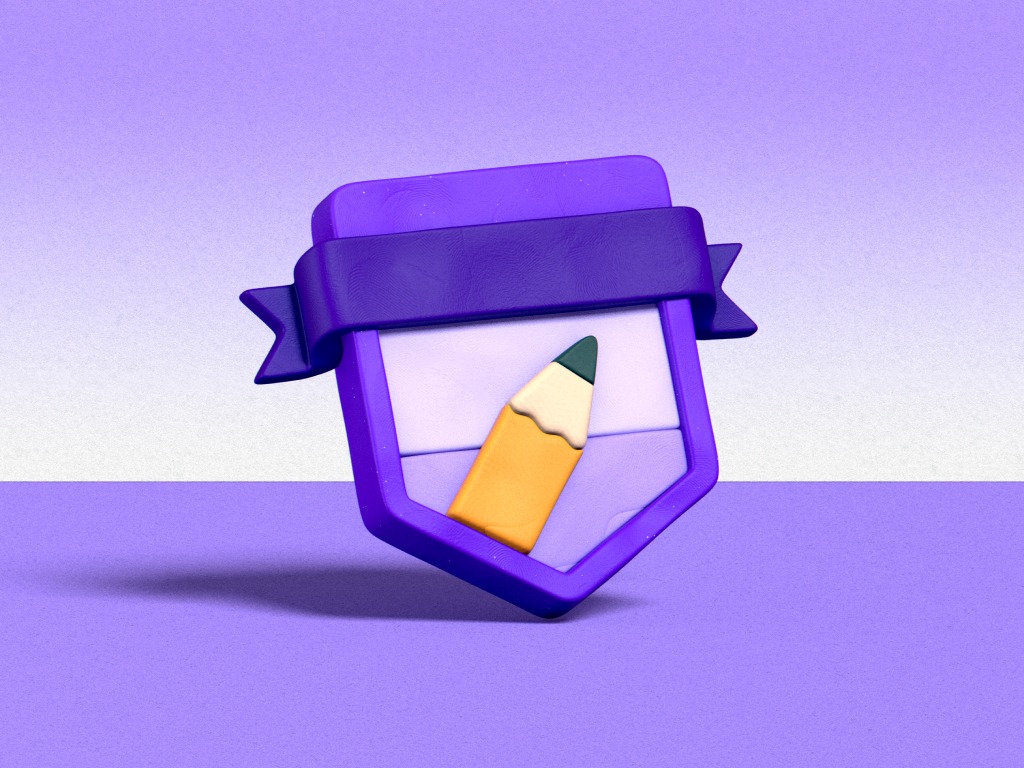

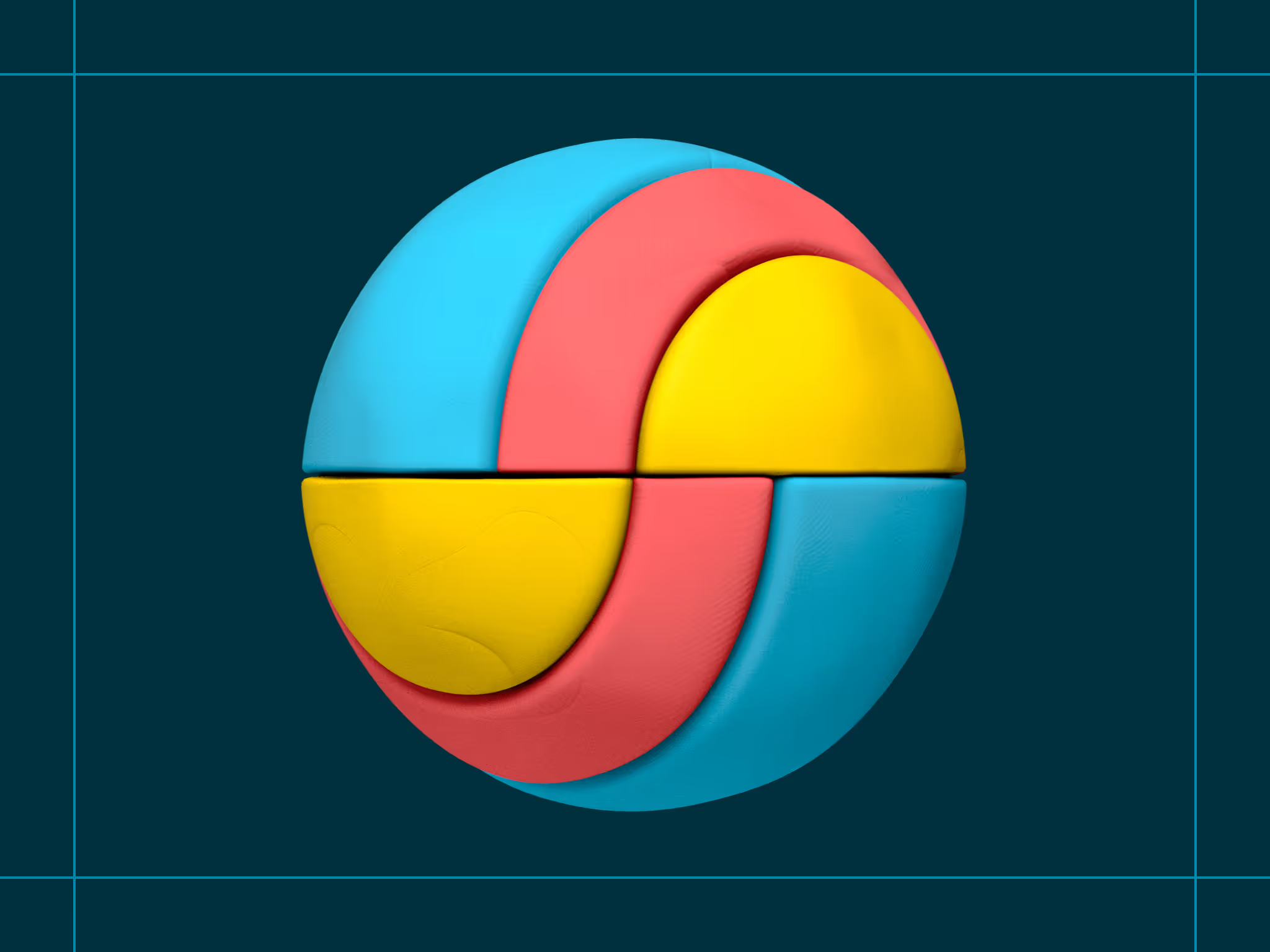
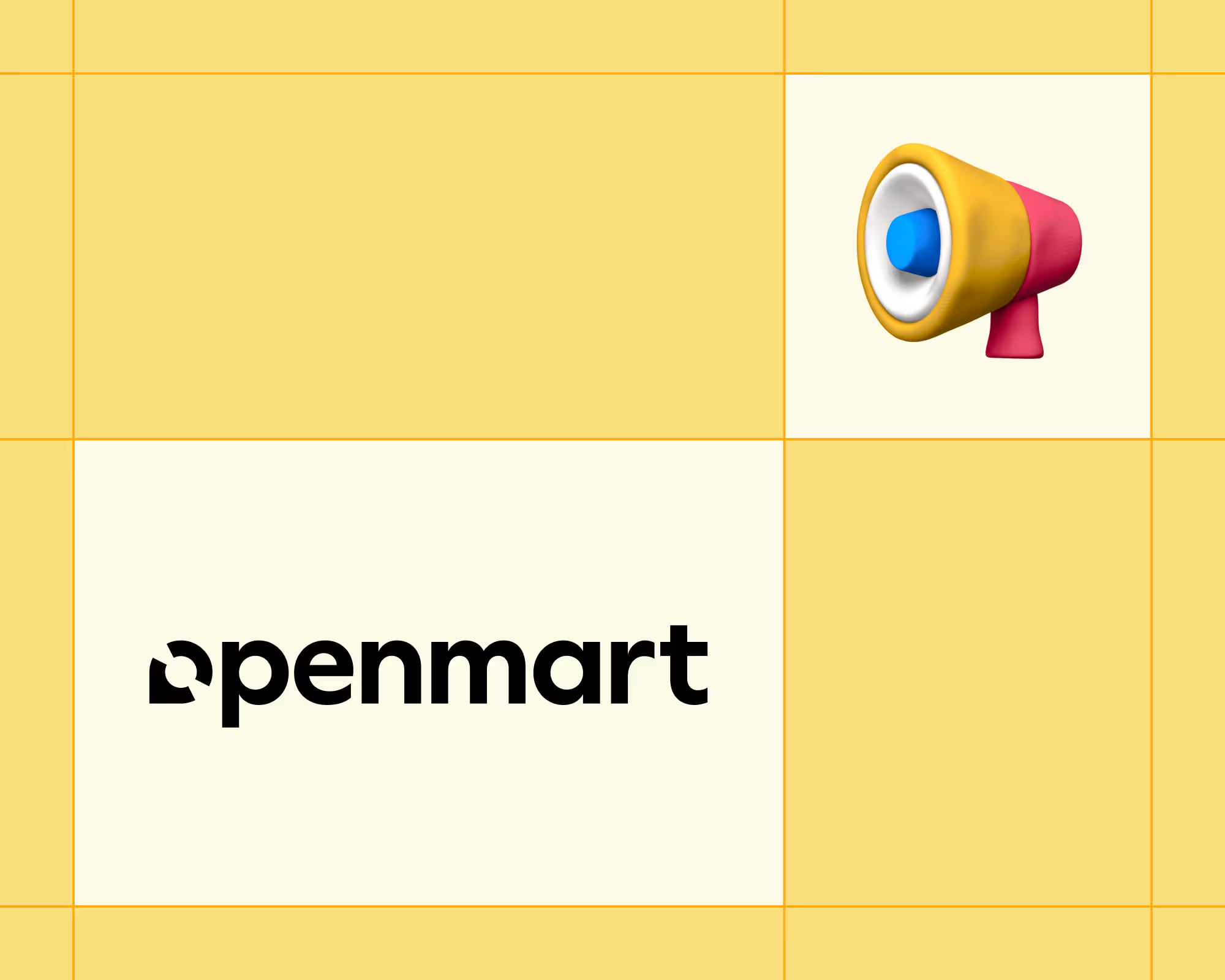
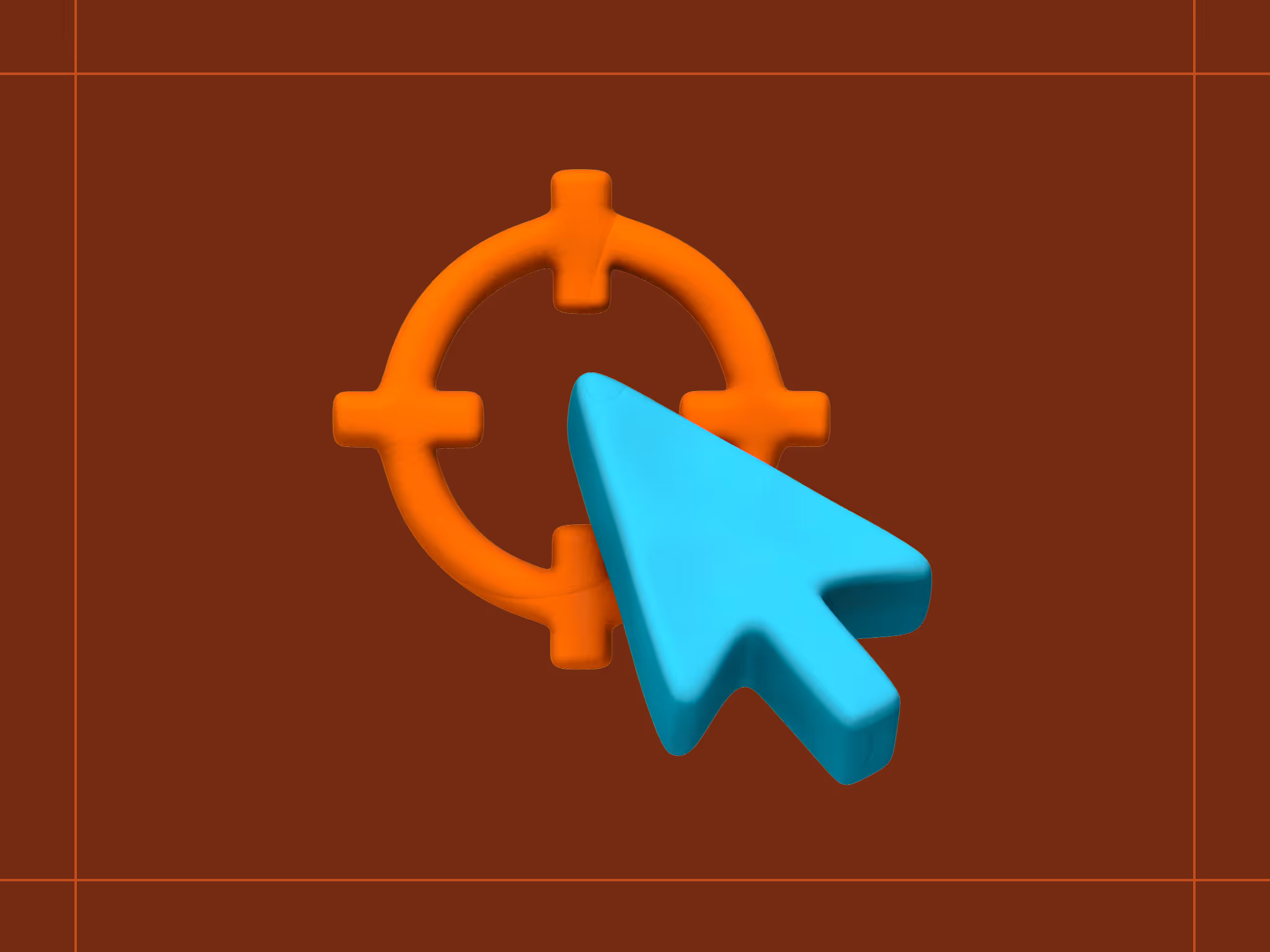
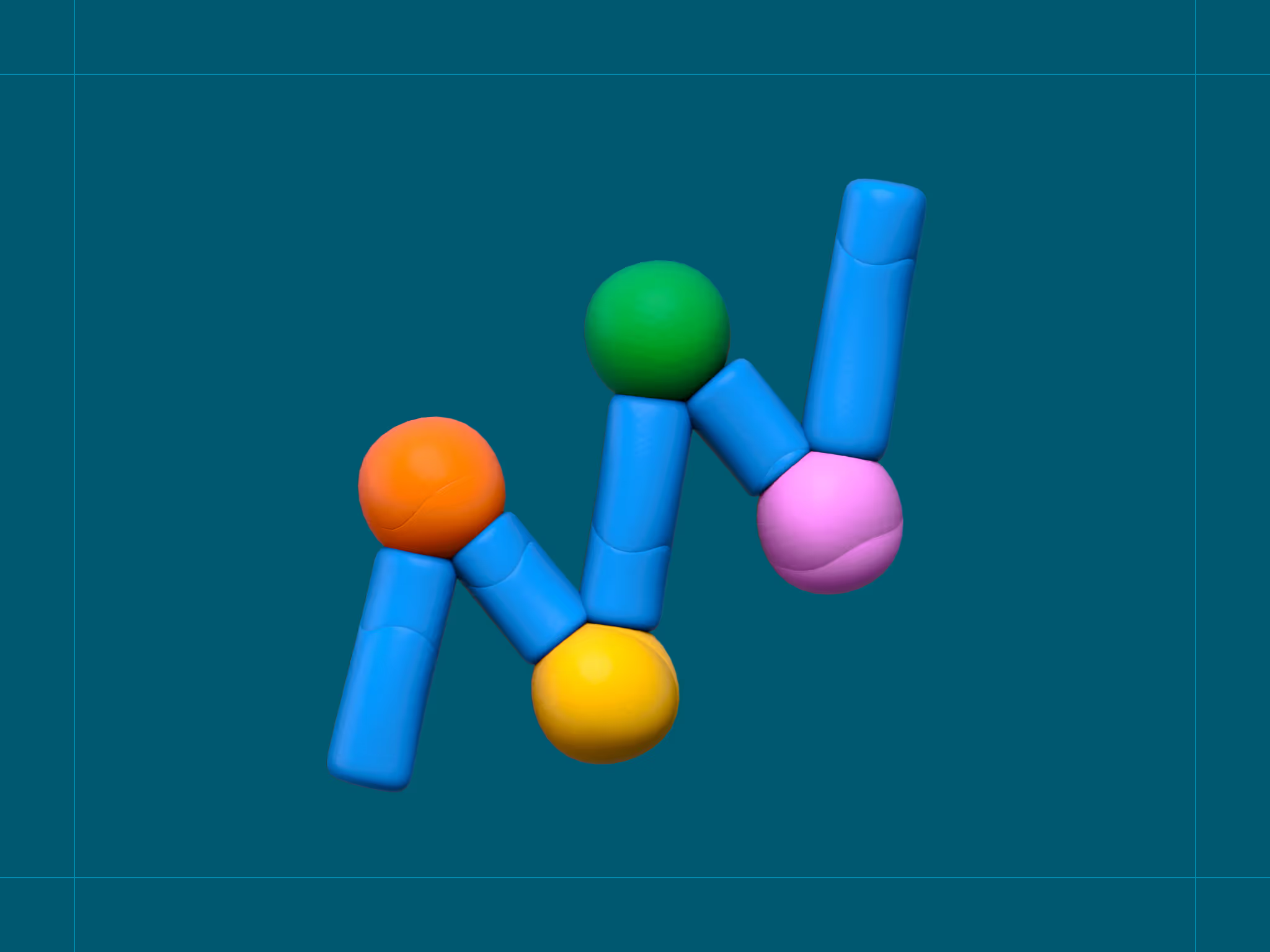
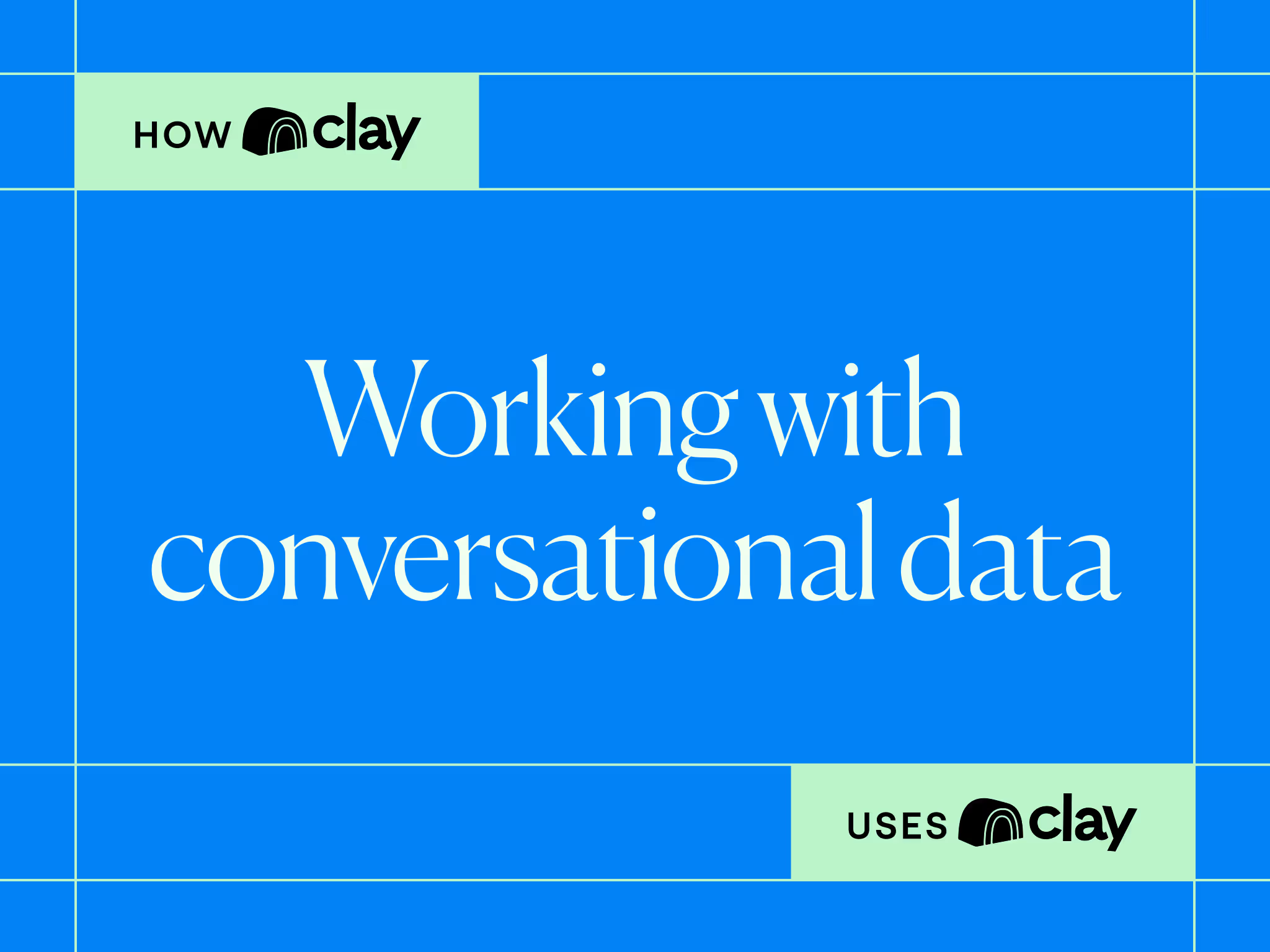
.avif)




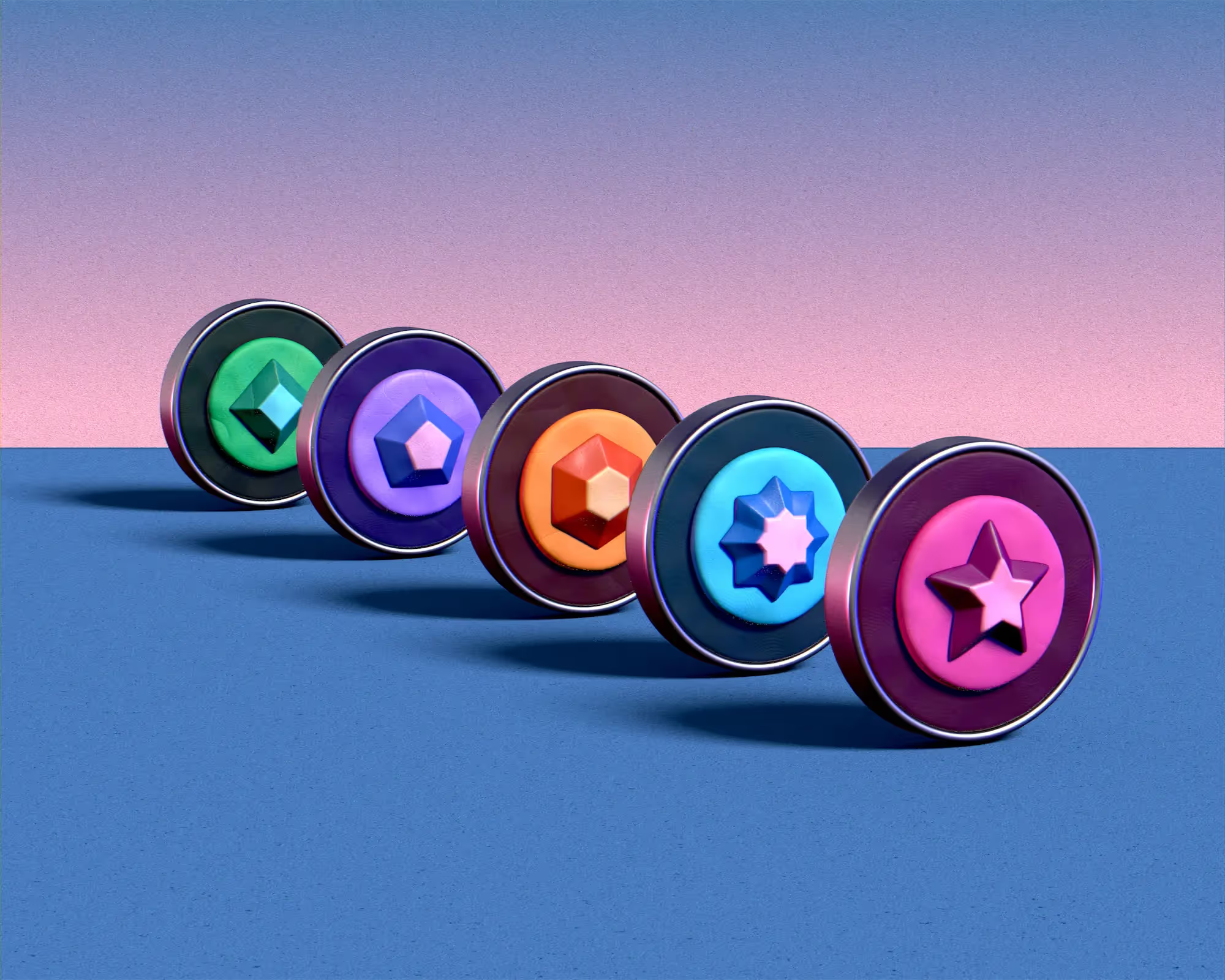
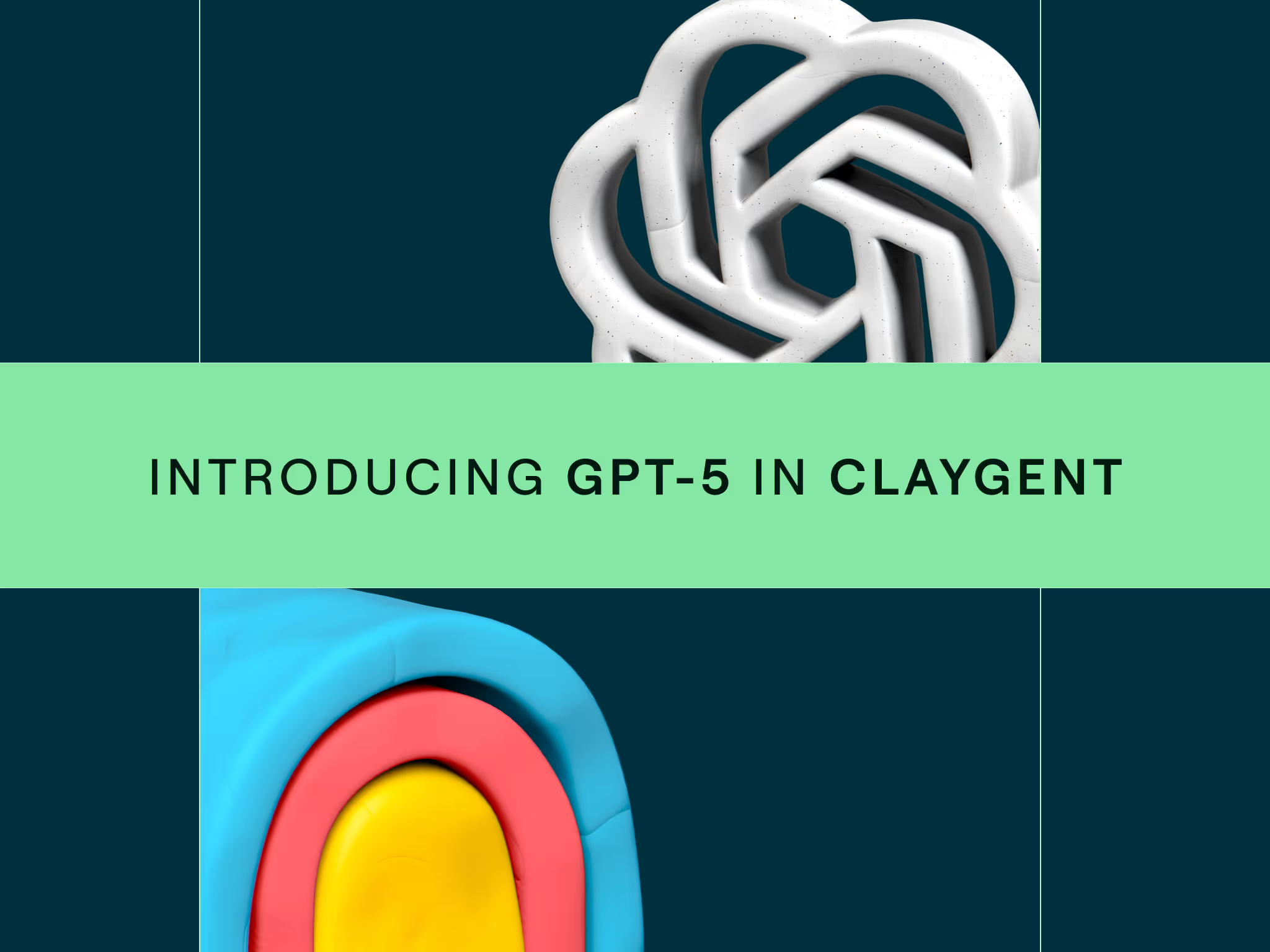
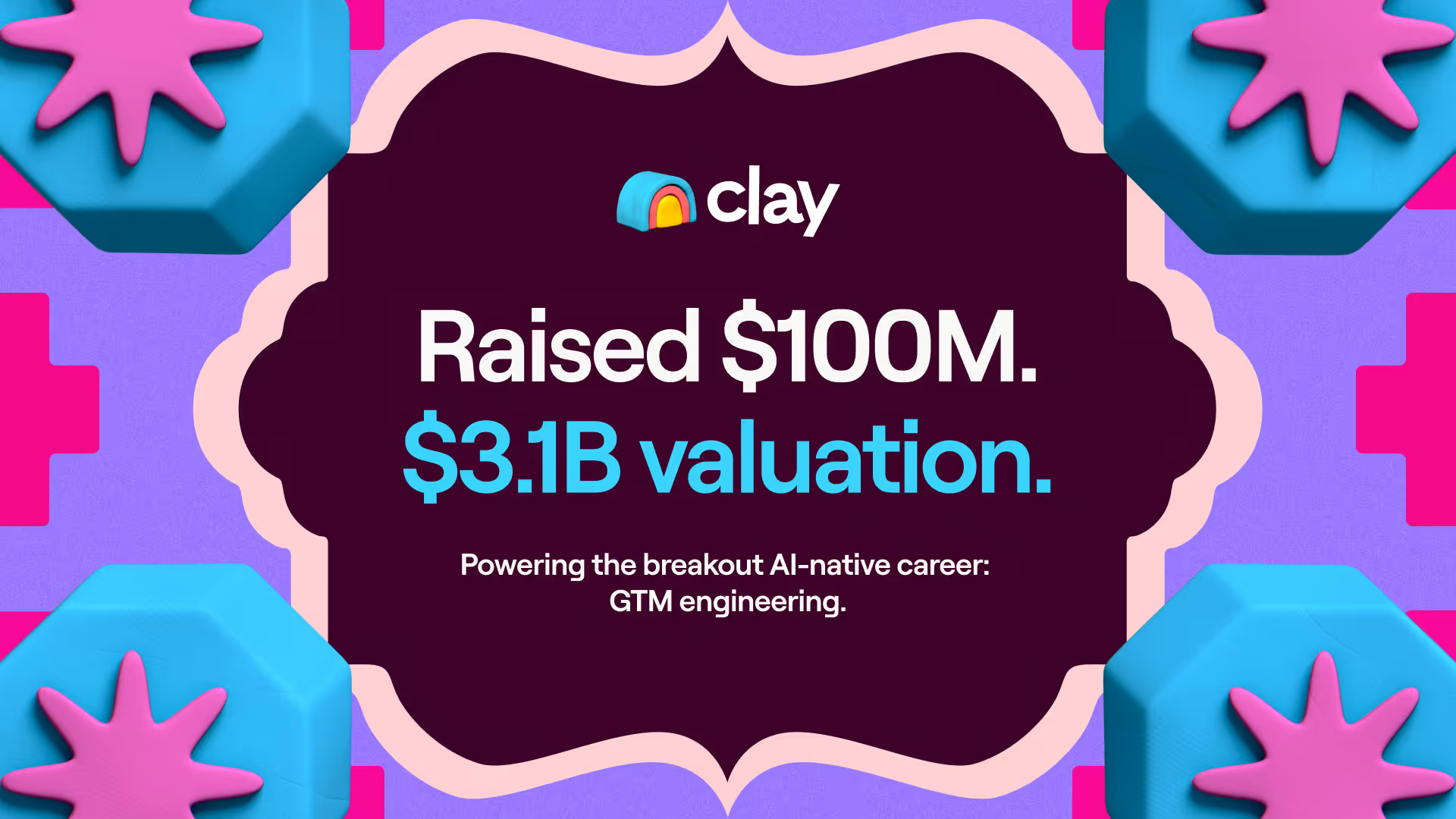




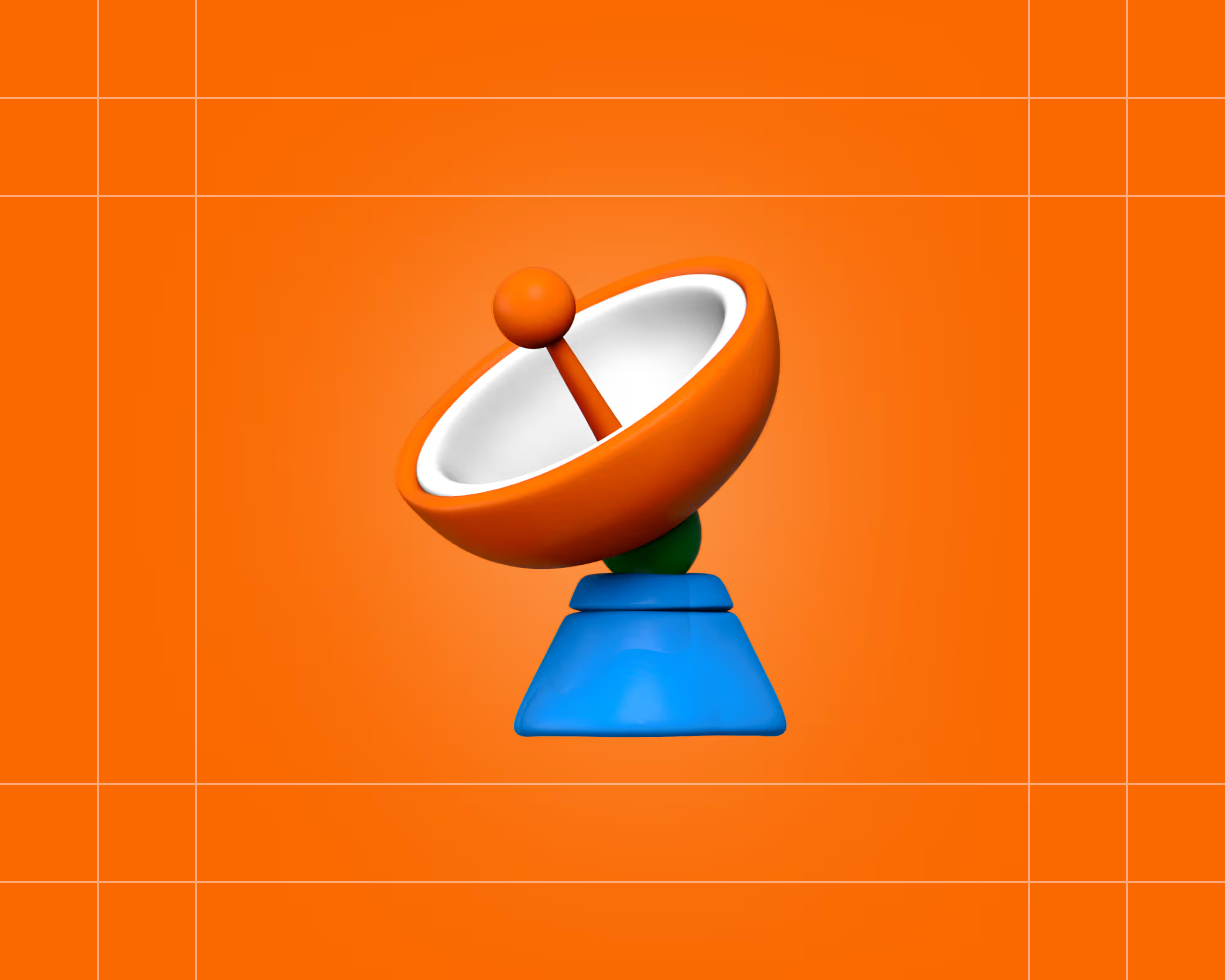

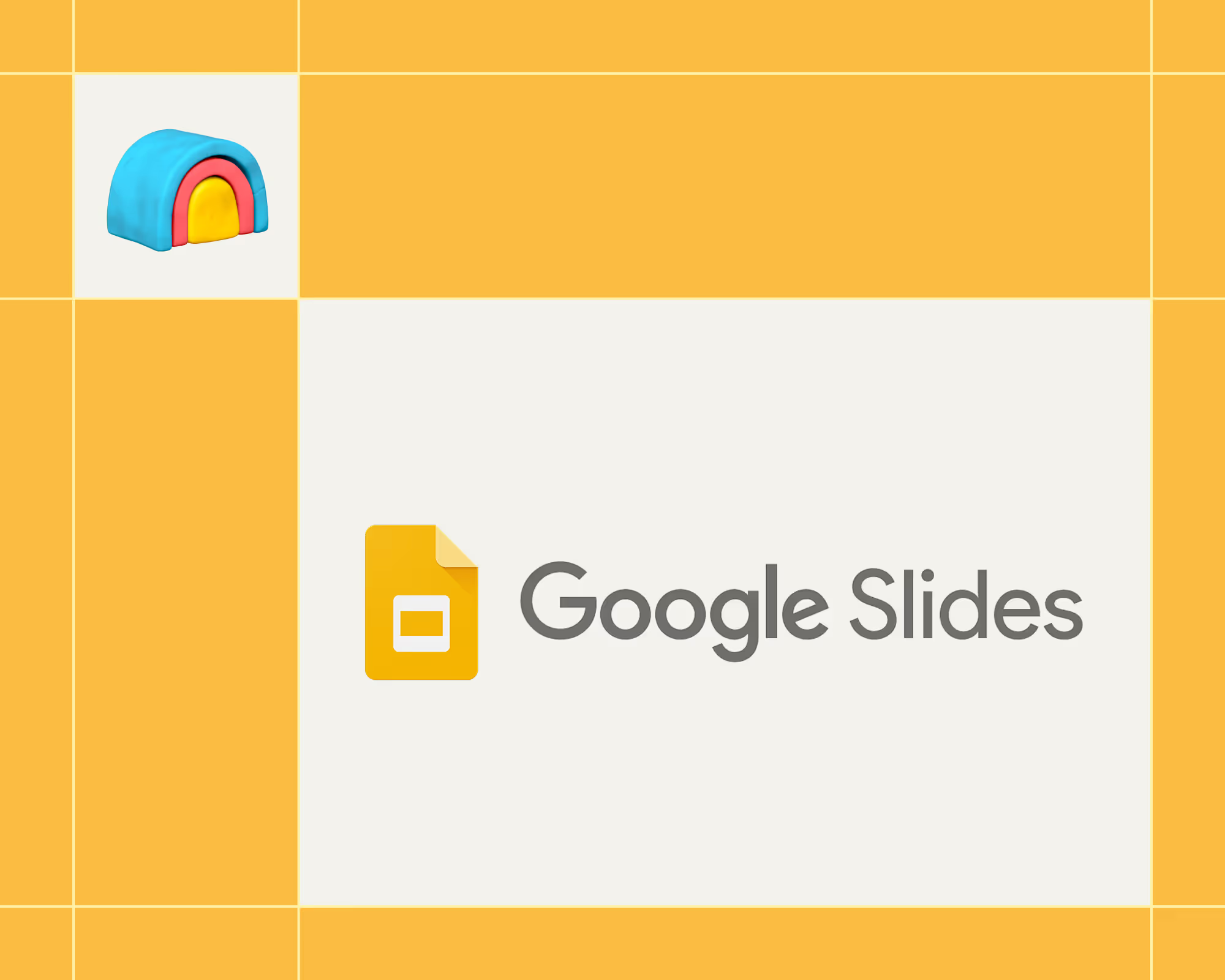
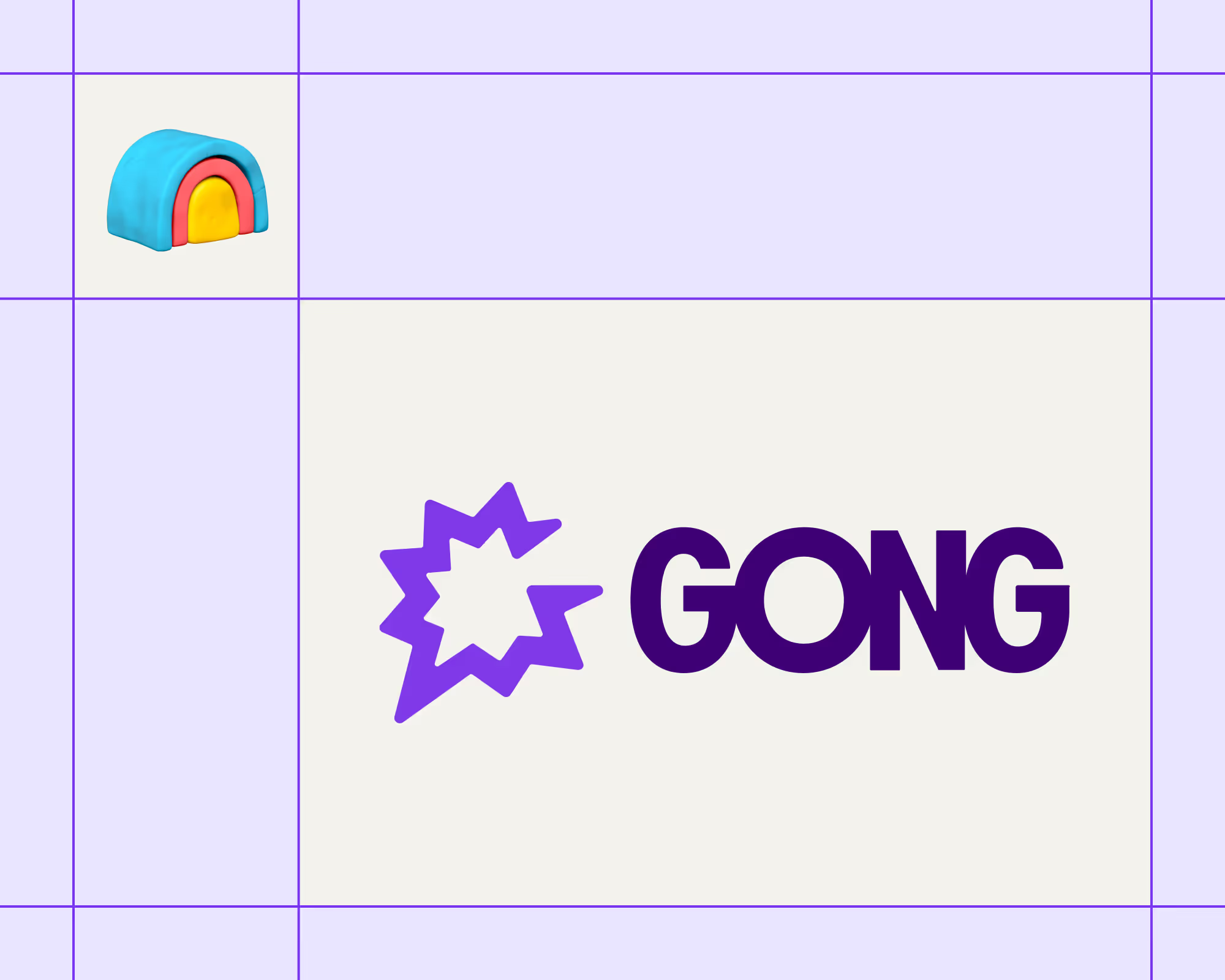

.avif)











.avif)
.avif)





















































